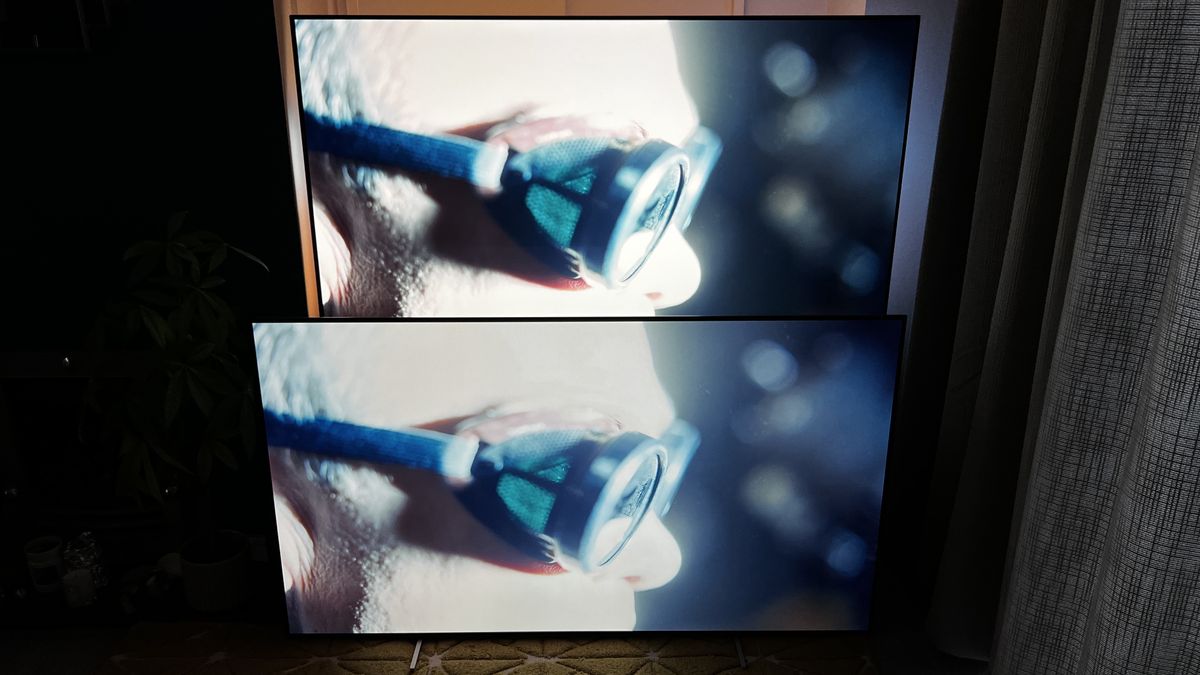This 12 months, I swapped my 2021-era mid-range OLED TV for a brand new 2024 mid-range mannequin from the identical producer – a like-for-like swap. I switched from a Philips OLED806 to a Philips OLED809 as a result of I’m a sucker for Philips’ magnificent Ambilight tech. (US readers: sorry, Philips’ OLED TVs aren’t accessible there.)
Given the recognition of the LG C1 OLED TV particularly, which topped our record of the greatest OLED TVs in 2021, I anticipate that there can be a load of individuals on the market occupied with making the identical sort of swap. It has been a number of years, the TV know-how works particularly quick – there should be some good upgrades, proper?
That is true, and I like my new TV – however it’s not fairly clear reduce to say that everybody else will really feel the identical in regards to the improve. A number of the adjustments are adequately subtle that folks won’t really feel they’re definitely worth the improve, and a few issues have not modified in any respect. So let me inform you six conclusions that stood out to me from evaluating my previous TV to my new one.
1. I had no burn-in issues
Okay, this is not actually a comparability of the TVs, however it’s value mentioning anyway since a lot of persons are nonetheless beneath the impression that OLED TVs develop burn-in quickly. My previous TV from 2021 logged 3,700 hours of use and had zero indicators of any picture ghosting, pixel points, or the rest like that.
That features taking part in quite a lot of video games and watching sports activities; ie, issues which are more likely to go away logos on the display screen for a very long time, and supply the danger of burn-in occurring.
Keep in mind that OLED know-how and processing have developed one other three years since the TV that did not have any burn-in issues, and it is even much less more likely to occur in new units.
2. The brightness increase is actual, however it’s additionally extra refined than you may hope
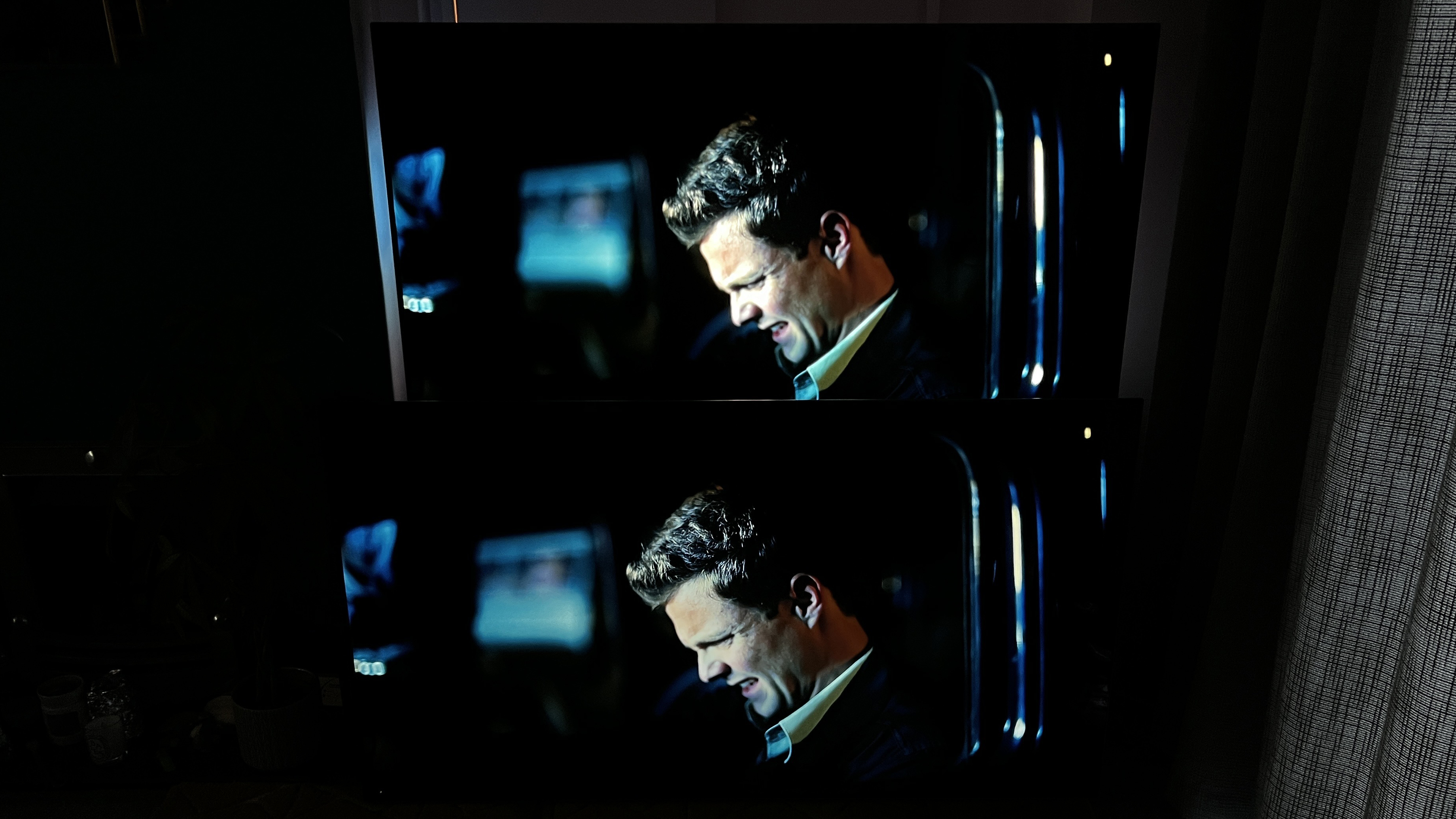
The Philips OLED806 was able to round 750 nits of peak HDR brightness (in a ten% window), whereas we have measured the Philips OLED809 at between 930-1090 nits, relying on the mode you are in.
Even on the decrease finish of the OLED809’s zone, that is greater than a 20% improve in HDR brightness, and it is extraordinarily apparent for these shiny HDR highlights when the TVs are subsequent to one another. White tones are usually not solely a lot brighter, they appear purer – and the additional distinction makes the darkish tones look even inkier.
Would I discover this distinction in the event that they weren’t subsequent to one another? Sure, I am assured I’d, however doing so is actually my job. I managed to accurately guess the brightness of the LG C4 after I noticed it in a demo room at CES 2024. I’m not regular – for most individuals, it is not a revelatory step up in brightness.
You’ll be able to see this extra within the picture beneath, which depends extra on fullscreen brightness, which continues to be low on OLED TVs. The fur on the OLED809 has a barely richer golden hue from its additional brightness, however in any other case, there’s little main distinction.
Should you had been to go from a 2021 OLED TV to one in every of at this time’s higher-end OLEDs – the Samsung S95D, the LG G4, the Panasonic Z95A, or Philips’ OLED909 – then you definately would see a clearer soar in brightness of all types.
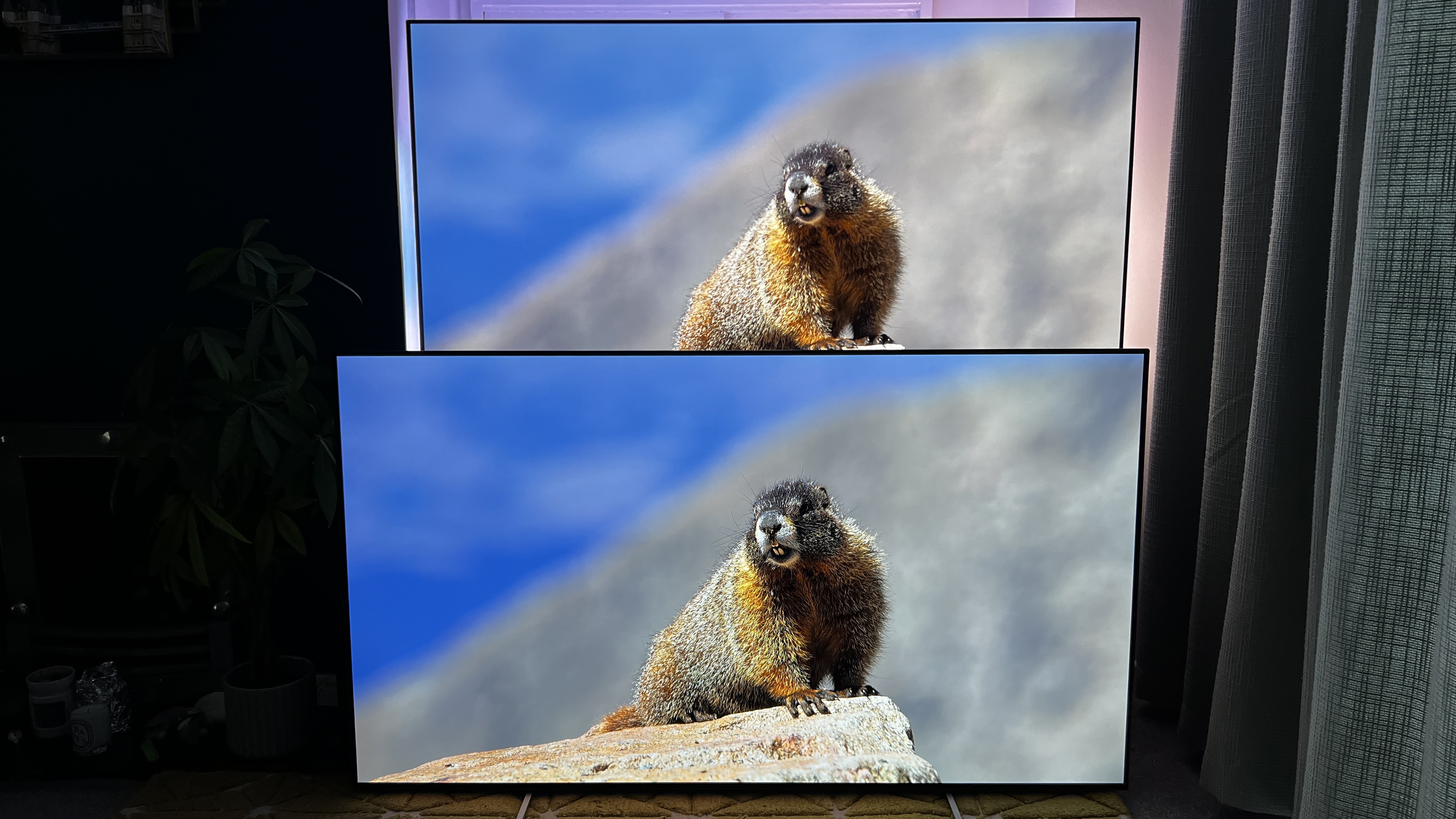
3. You may nonetheless need actual audio system in the event you’re a severe film fan
Increasingly processing goes into the audio of mid-range TVs, particularly round ensuring that dialogue readability is evident and sound positions match the motion of issues on-screen. And these have improved vastly over the meager audio of reasonably priced units from a number of years in the past.
In our evaluate of the Philips OLED809, we gave it a excessive sound rating, as a result of the TV presents shocking weight to the bass and readability to the general sound combine.
However that is a excessive rating in comparison with different built-in TV audio system. They do not maintain a candle to a good-size soundbar, not to mention a full house theater speaker array. In comparison with one of many greatest soundbars with a sub and rear audio system, at this time’s mid-range TVs will all nonetheless come throughout as skinny, constrained to the TV display screen, and missing in actual depth.
4. Good TV software program has come a good distance
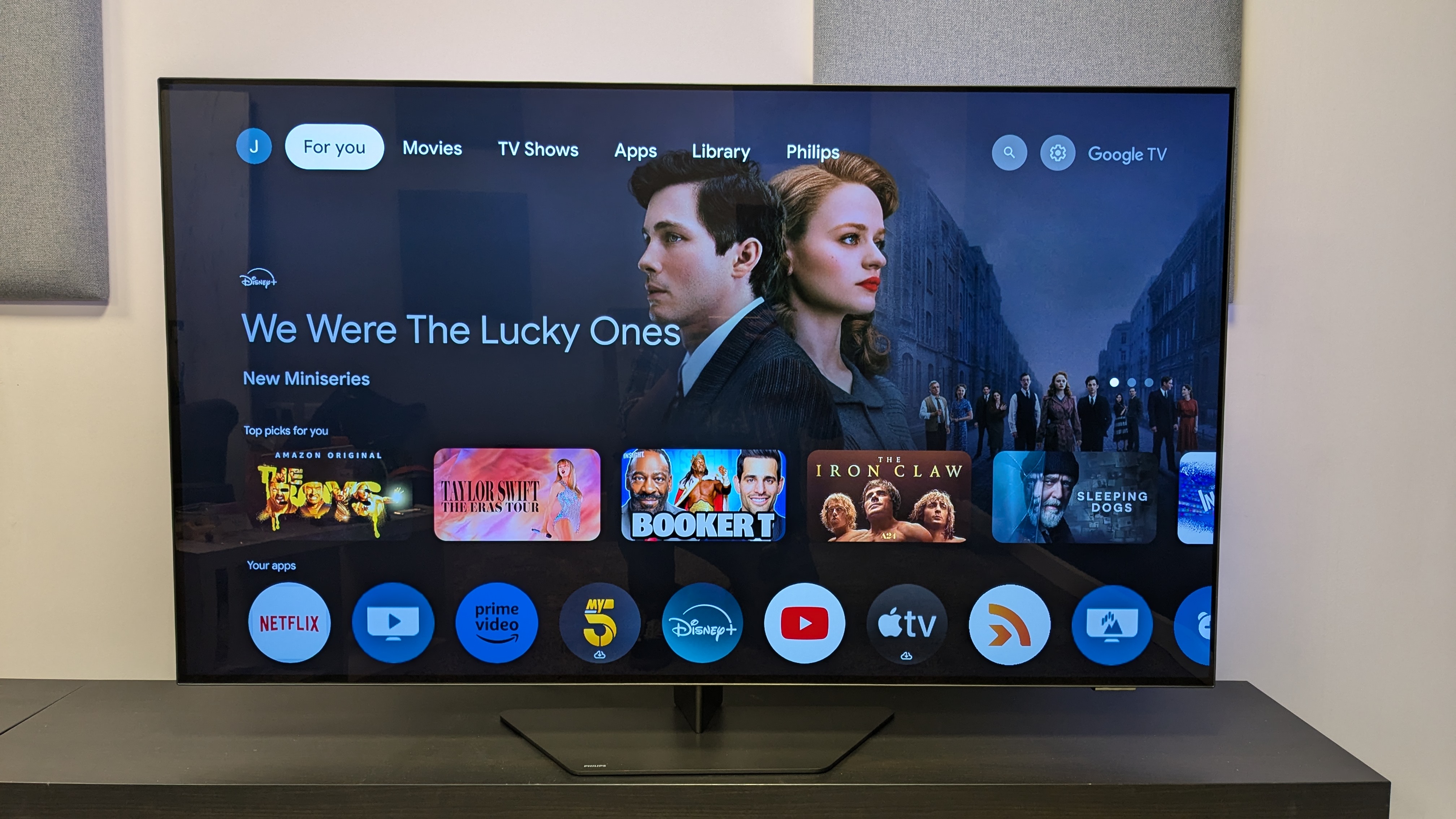
My previous TV was an Android TV, and whereas it labored superb, it was not slick. My new TV is powered by Google TV, and it is quite a bit sooner, simpler to make use of, and higher at serving to me discover what I need.
The identical is true of TVs from different makers, too – the brand new software program within the LG C4 in comparison with the LG C1 is a serious soar in usability, in addition to feeling extra responsive. Samsung‘s Tizen platform has additionally developed quite a bit in three years, and there is a new look rolling out to TVs now.
It is not in regards to the entry to the apps – that is primarily the identical. However it feels quite a bit much less such as you’re battling with TV software program to get to what you need.
5. Reflections are nonetheless an issue
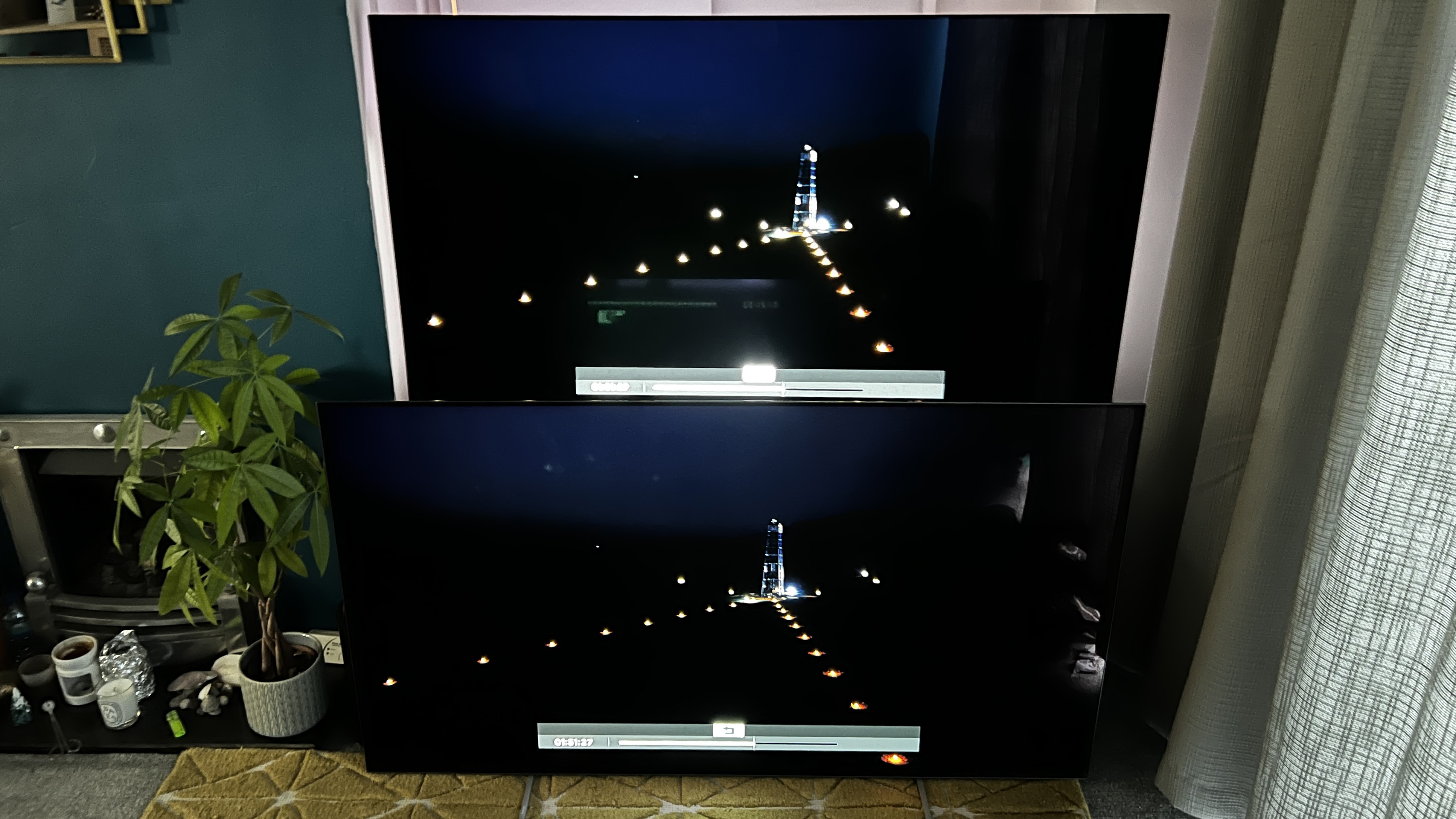
The best-end OLED TVs have reflection discount applied sciences. The Samsung S95D has a matte ‘OLED Glare Free’ coating to dissipate reflections that is a revelation, and earned it our ‘TV of the Yr’ award; the LG G4 and Philips OLED909 have a polarizer that reduces the depth of mirrored lights.
Mid-range OLED TVs don’t get any of this. They’ve the identical shiny screens they’ve had for years, that are nice for vibrant colours and super-deep black tones, however not so nice for reflections. And since mid-range OLEDs at this time nonetheless haven’t got very excessive fullscreen brightness, reflections will be fairly seen in any sort of viewing, in the event you’re in a vivid room.
This should not essentially be a dealbreaker for individuals – it is not for me, and my TV is true by an enormous window – however it’s positively an ongoing flaw.
6. You in all probability do not want a like-for-like improve
So, I’ve run by way of the core issues I’ve seen, and my conclusion for most individuals who received a mid-range OLED TV in 2021 – whether or not that is a Philips OLED806 like me or an LG C1 – is that you simply in all probability need not improve to a like-for-like 2024 mannequin. Sure, your TV can be higher – however it will not be mind-blowing higher, and OLED nonetheless prices costs that may make you desire a mind-blowing improve.
That is a bit totally different in the event you purchased the cheaper LG B1 or LG A1; stepping as much as at this time’s mid-range OLED TVs would practically double the brightness of these units, and also you’d 100% discover that. That might really feel like a serious change.
And in the event you swapped from a mid-range 2021 OLED to a high-end 2024 OLED, you’d once more see practically a 100% improve in brightness for a serious visible improve (plus you’d get anti-reflection tech).
